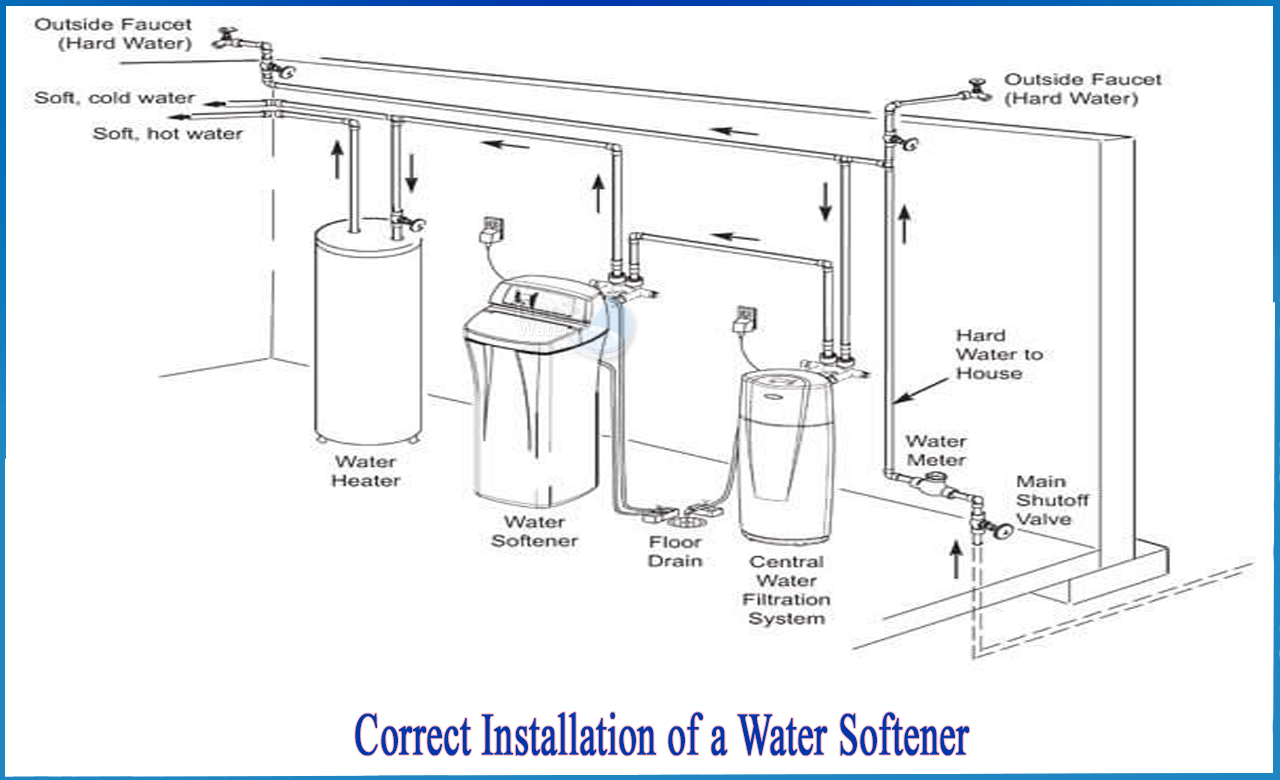INTRODUCTION
If a water softener loop has been pre-plumbed into the home, homeowners can install a water softener. Without a loop, the operation becomes much more complicated, necessitating the installation of new plumbing lines by a professional. This increases the cost of installation.
Whether you have a water softener loop or not, having an expert install your water softener is more likely to save you money in the long run. Installation is best left to a professional unless you have plumbing experience, fully understand the steps involved, and know how to work with the necessary plumbing tools.
INSTALLATION COST OF A WATER SOFTENER
If you're willing to do some home improvements, the cost of installing a water softener is less than that of a professional installation. Without the cost of labour, the price is largely determined by the capabilities of your water softening unit, which is measured in grains. The higher the grain count, the more expensive the water softener system.
The number of people in a household determines the minimum number of grains to look for in your next unit:
1. 30,000 grains minimum for 1-4 people
2. Minimum of 40,000 grains for 5-6 people
The ease of installation is another factor that may influence the final cost of your water softener project. If your water softener's pre-plumbing is conveniently located near the equipment, you can save time and money by eliminating the need for additional plumbing.
What is the Correct Way Of Installation Of A Water Softener?
Before installing your water softener, become acquainted with the necessary tools and ensure that you have all necessary supplies on hand. Proper installation will ensure that your water softener runs efficiently, reducing the likelihood that you'll need to call in a professional later. Specific manufacturer instructions will be included with your unit.
· Turn off the water supply and drain the pipes.
· Switch off the water heater.
· Determine the location of the water softener on the main line.
· Make a cut in the main line and install a fitting specific to your model.
· Pipes should be measured, cut to fit, and attached to the unit.
· Connect the hose to the unit and feed it to the drain (leaving at least 2 inches above the drain hole).
· Connect the brine tank's overflow tube to the brine tank.
· Flush water through the system to remove sediment and debris.
· Connect the unit to a power outlet and turn the valve to the backwash position.
· Set the time and any other parameters that are required.
WHERE INSTALLATION OF WATER SOFTENER SHOULD BE DONE?
If you're wondering, "where should be a water softener installed?" it's time to do some digging around your house. On the other hand, if you know how to plumb a water softener, you can quickly identify the most effective location.
If you're installing a whole-house system, you'll want to put the softener as close to the water's entry point as possible. As a general rule, it's best to install a water softener as soon as possible in your home's plumbing system. This means putting your water softener somewhere it can feed into your water heater, rather than downstream from it. By feeding your water heater softer water, you will not only prevent hot water from damaging your softener, but you will also extend the life of your water heater.




